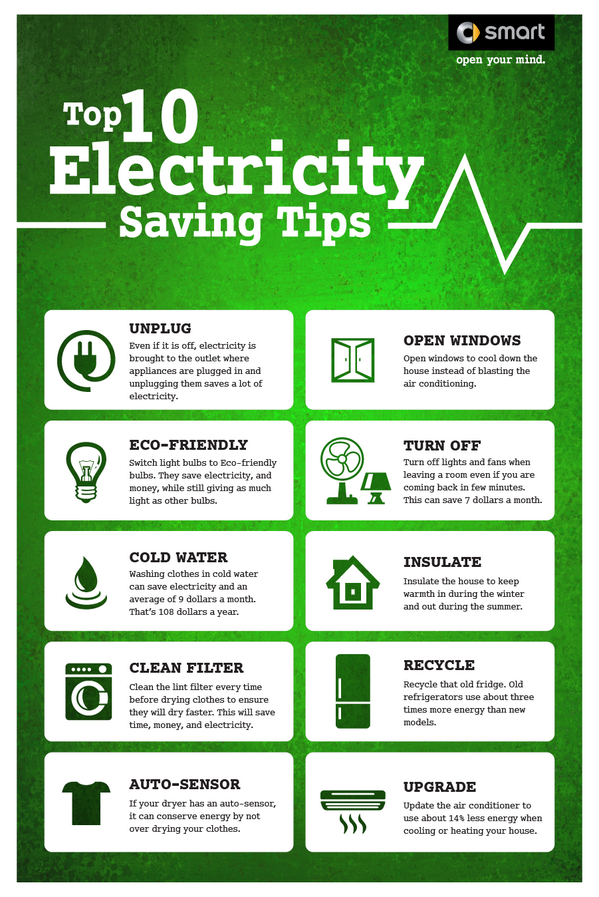In contemporary society, our lives are inextricably intertwined with electrical energy. The omnipresence of technology in our homes and workplaces necessitates a reevaluation of our energy consumption practices. Conserving electrical energy not only lessens environmental impact but also translates into significant economic savings. Herein lies a series of actionable strategies that individuals and businesses can adopt to optimize their electricity usage.
Understanding the core of energy conservation is pivotal. It transcends the simple act of switching off lights when leaving a room; it encompasses a systemic approach that integrates mindfulness and technology. As we delve into practical tips for saving electricity, the inherent benefits unfold – a harmonious blend of sustainability and cost-effectiveness.
**The Fundamentals of Energy Conservation**
Energy conservation begins with awareness. Identifying where electricity is utilized and how it can be more efficiently employed is the first step toward making significant changes. Common appliances like refrigerators, heating systems, and electronic devices serve as the primary culprits for exorbitant energy consumption.
One prevalent observation is that many households overlook the potential savings associated with simple adjustments. For instance, merely ensuring that all appliances are used judiciously can have a monumental impact on energy conservation efforts. When one turns off devices that are not in use, or even better, unplugs them—thus eliminating phantom loads—savings accumulate.
**Electrifying Efficiency: Smart Appliances and Technology**
Harnessing modern technologies is a cornerstone of efficient energy use. Smart appliances, equipped with state-of-the-art sensors and connectivity, embody the future of energy conservation. These devices can be programmed for optimal operation times, significantly reducing energy consumption. For example, washing machines and dishwashers can be set to operate during off-peak hours when electricity costs are minimized.
Moreover, embracing programmable thermostats can elevate a household’s energy efficiency to unprecedented levels. These devices intelligently adjust the heating and cooling systems based on occupancy and external weather conditions. For businesses, this translates into optimal climate control without unnecessary expenditure—thereby marrying comfort with conservation.
**Lighting the Way: Embrace Energy-Efficient Solutions**
Lighting accounts for a substantial percentage of household energy use. Traditional incandescent bulbs, while once the norm, have been rendered archaic by the advent of energy-efficient alternatives such as compact fluorescent lamps (CFLs) and light-emitting diodes (LEDs). These modern lighting solutions utilize a fraction of the electricity while producing equivalent, if not superior, luminance.
Maximizing natural light within any space is another commendable approach. Sunlight not only enhances the ambiance but also reduces dependency on artificial lights. Strategic placement of mirrors and utilizing lighter paint colors can further illuminate rooms, creating a brighter environment without additional energy costs.
Mature energy management practices encourage the systematic evaluation of lighting needs. Implementing dimmer switches or motion sensors can extend the longevity of bulbs and minimize waste. As such, a fusion of technology and natural resources leads to a sustainable approach to lighting.
**Heating and Cooling: Masters of Climate Control**
Heating and cooling represent the most significant portion of energy consumption in both residential and commercial settings. Thus, meticulous management of HVAC systems is paramount. Regular maintenance ensures that heating and cooling units function efficiently, while replacing dirty filters can enhance performance and reduce electricity use by up to 15%.
Insulation plays an essential role in energy conservation, as it traps heat during winter months and retains cool air in summer. To fortify this, sealing gaps around windows and doors can prevent drafts, leading to a more stable indoor climate and diminishing energy needs.
Utilizing ceiling fans to promote air circulation can also yield substantial energy savings. On warm days, fans can make a room feel cooler, allowing thermostats to be set higher, while during colder months, reversing fan direction can circulate warm air trapped near the ceiling.
**Mindful Consumption: Cultivating Energy-Conscious Behavior**
Energy conservation is not solely reliant on technological advancements; it is equally about cultivating responsible habits. Simple actions, such as using energy-intensive appliances only during cooler parts of the day, can go a long way. Additionally, investing in energy audits can reveal unexpected areas of wasted energy, illuminating opportunities for change.
Encouraging family and workplace participation is critical. Establishing communal goals fosters collaboration and accountability in energy-saving measures. You can initiate contests that reward individuals or teams for reducing energy consumption; often, this camaraderie can drive significant results.
In an increasingly energy-conscious world, the importance of conserving electrical energy cannot be overstated. The strategies encapsulated above reflect not only methods of reducing consumption but also underscore the broader implications of an energy-efficient lifestyle. As we embrace these practices, the resultant impacts on both the environment and our economic standing become manifest, paving the way for sustainable living. Making conscientious choices today ensures a healthier planet for future generations—one kilowatt saved at a time.



